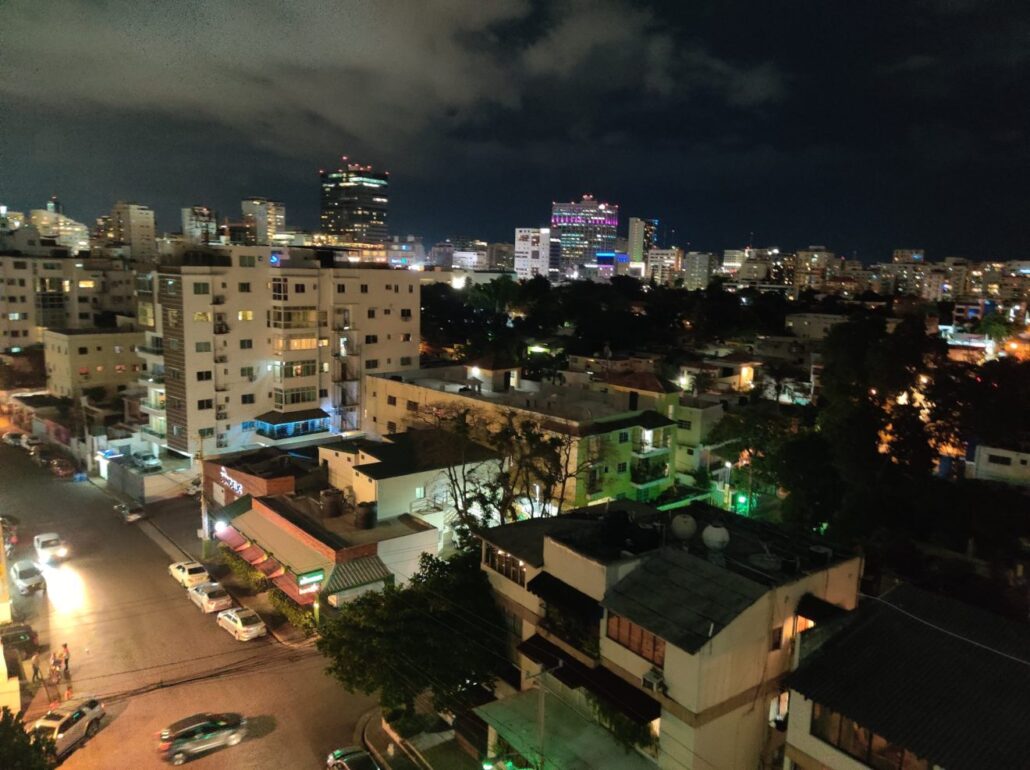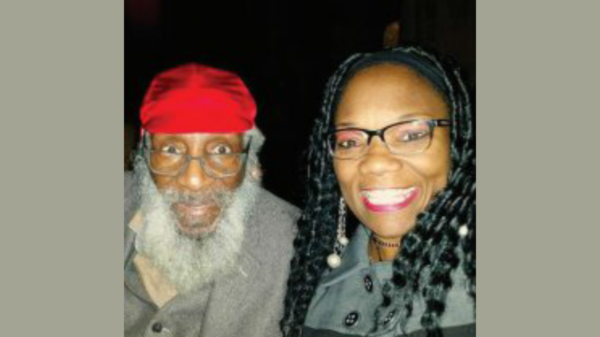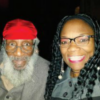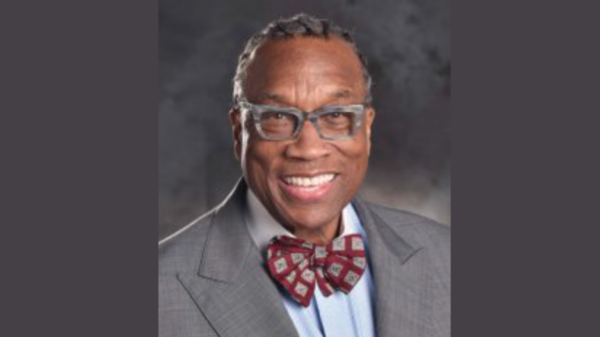
The Dominican Republic and Haiti share the island of Hispaniola, but relations between the two countries have been rancorous for almost two centuries. As Haiti once again teeters on the brink, I spent a week in the Dominican Republic, conversing with Haitians living there. This is the first column of a three-part series from those conversations.
SANTO DOMINGO – Over the years, whenever Haiti has been embroiled in turmoil, with airports closed for whatever reason, I could always count on the Dominican Republic as a way into the country. Once, when I was with the New York Times, I landed there and there was no commercial traffic, the border with Haiti was closed. The only option was to charter a plane from Santo Domingo to Port-au-Prince. I called my editors in New York to tell them of my predicament.
“Call me when you get to Port-au-Prince,” an impatient Bernie Gwertzman, the New York Times foreign editor at the time, told me, rushing into a meeting.
As the pilot made our descent into Haiti’s capital, the ground looked eerie. It was about 1 p.m. that day, but the usually teeming city streets were devoid of people. The scorching sun beamed down onto the tin and cement roofs, but not the usual vehicular movement and signs of life. The view from the clouds was straight out of a “Twilight Zone” episode.
Lately, Haiti has had its share of issues that have forced airlines to cancel flights and the Dominicans to shutter the border because of the lack of security and safety. I had read stories recently about Dominicans raiding a nightclub frequented by Haitians to arrest and deport the undocumented among them. The Dominicans have also threatened to revoke student visas for the thousands of Haitians studying at universities across the country. They even raided hospitals and whisked away Haitian women, some of them while reportedly in labor.
Plus, a senior United States official told me that the Dominicans have been pressuring the Americans to “do something” and threatening to build a wall along the massive border crossings. Where have we heard that one before?
Life on the west side of Juan Bosch
It was against this backdrop that I landed in the eastern, larger tranche of Hispaniola, the island shared by these close, yet distant, neighbors. I spent a week in Santo Domingo to get a sense of what life has been like for the hundreds of thousands of Haitians who live there or have sought shelter there while Haiti tries to figure itself out.
As a seasoned journalist, I know that a story is only a slice of a narrative and that the reality is often more nuanced and complicated than our word count and segment lengths allow.
All of the news reports were true. And yet, every day, thousands of Haitians go about their business in the Dominican Republic with little hassle. I also found that there are three distinct and different experiences for Haitians living there.
The first group consists of the bourgeois directly from Haiti and Haitians from the diaspora who moved there to do business. For this first installment, I will focus on them. The second group is made up of the students. The third consists of low-wage workers and street vendors. I won’t address Haitians living in the bateys for this series, since that requires more than a few days of reportage.
The Dominican establishment judges you by your bank account, your address and the car you drive.
The Puente Juan Bosch is a fairly new bridge that crosses the Ozama River. It serves as a line of social demarcation. On the west side, you find posh areas like Naco, Piantin, Bella Vista, Seralles and a few others. This is where well-to-do Haitians live and where immigration officers never go. On the east side of the bridge lies Santo Domingo Este, San Isiro, Las Americas and Los Frailes, where most poor Haitians live.
I spent a couple of days with acquaintances I knew from New York.
- “Lord Kinomorsa” Divers, better known as King Kino, the Phantoms frontman, moved to the Dominican Republic after seven years in Haiti. When I ran into him in New York last year and he told me of his impending move, I thought he was joking.
- Fritz Clairvil, a Brooklyn entrepreneur looking to invest in the Fintech industry in the Dominican Republic.
- Peter Mayas, formerly a New York and Florida attorney, decamped here.
In all, I interviewed about a dozen people who live on the west side of The Bridge. While their individual stories are different, the tales all have the same arch. It goes something like this: Well-to-do Haitian who can live comfortably anywhere returns home as a prodigal son, only to find the motherland is not ready to welcome him back.
To these Haitians, the Dominican Republic is an alternative they’re willing to explore. The proximity to Haiti gives them a feeling of being in Haiti, but without the insecurity and the oligarchs who play dirty and have a penchant for monopolies.
I asked these Haitians in DR how they can feel comfortable living in a country where Haitian compatriots are so mistreated and anti-Haitian sentiment courses through the veins of the average Dominican. Au contraire, they told me, the Dominican establishment judges you by your bank account, your address and the car you drive.
If you have American credentials, you’re golden in the Dominican Republic, where baseball is a religion and basketball is a passion. This is a place where Lebron James jerseys are ubiquitous and Boston Red Sox and Mets gear seem to be part of every guy’s wardrobe.
In sum, unlike Haiti, the Dominican Republic is open for business, and they separate the business from the personal.
“But are you really accepted in the society here,” I asked them.
For most, the move to this country is not to become accepted in Dominican polite society. Their real bases are in the United States and Haiti.
What is essential and fundamental to them is that they have their place in the sun. They can do business or live comfortably with few hassles. The Dominican Republic provides that.
On the surface, they appear immune to the dehumanization and discrimination heaped upon their countrymen on the east side. Mayas semi-retired here about three years ago. Having passed the Florida and New York bars, he said he simply needed to pass a Spanish language proficiency test to practice here.
I asked Mayas for his take on the treatment of Haitians. He said his biggest worries were the students. He felt that arbitrarily revoking their visas is problematic. He told me that this is something he would look into and see how he could improve their conditions.
Let’s hope that he does.









